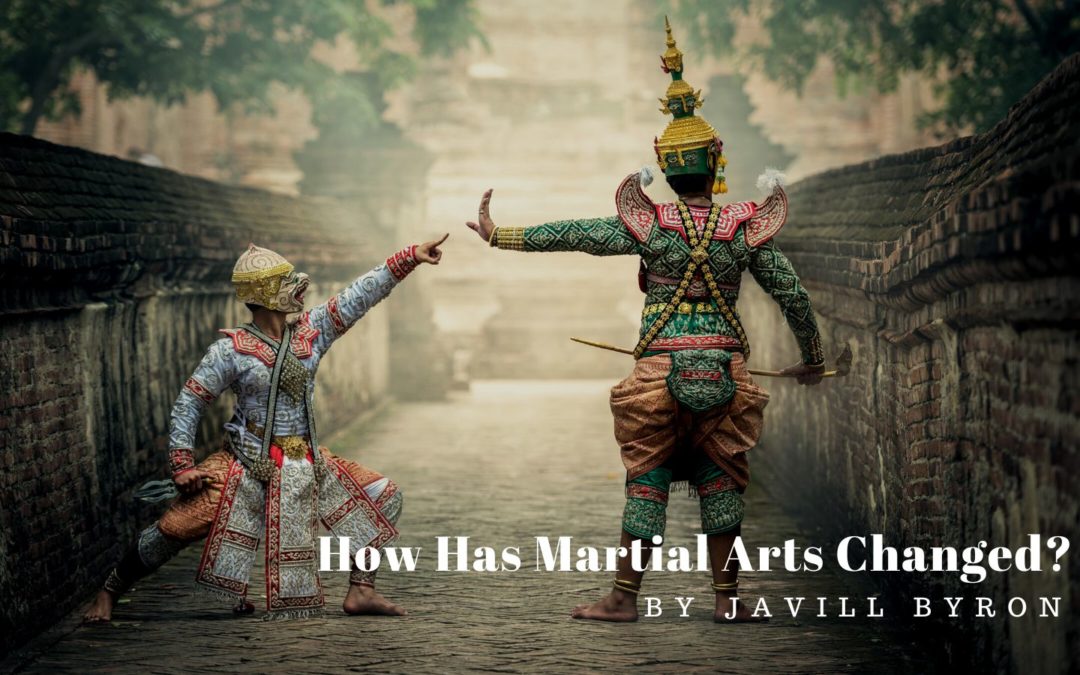Martial arts have evolved due to various influences. The necessity for survival between human groups and animals and between them inspired the development of martial arts methods. Experiences and tactics were gathered, documented, and handed down through generations.
Different civilizations have evolved combat techniques throughout history to survive. The oldest indications of martial arts come from portrayals of battles in early literature and through examining ancient artifacts and weapons. Battle scenes exist in some of the earliest works of art, around 3000 BC. Due to the popularity of the most well-known martial arts, like kung fu and karate, many people believe that Asia is the center of the martial arts universe. Although Chinese martial arts have a long history, contemporary martial arts began in India around 527 A.D.
Weapons of various sorts and forms contributed to the development of many martial arts schools and styles. These new combat tactics were developed by copying those of many birds, insects, and other animals, including the tiger, panther, monkey, snake, and bear.
In Asia, martial arts instruction has always followed cultural norms; a master teacher trains trainees in a rigidly hierarchical manner. While the instructor is supposed to monitor the pupils’ training attentively, the students are expected to memorize and repeat the fundamentals of martial arts. These relationships, which are clearly defined and intended to help students develop good character, patience, and discipline, are between students with more seniority and those with less seniority. Students are referred to as “older brothers and sisters” and “younger brothers and sisters,” respectively. Some Asian nations require students to demonstrate mastery of their talents before continuing their studies; many current Western instructors have primarily discarded this ancient method.
Since the late 19th century, Western interest has been in East Asian martial arts. In the beginning, few Westerners actively engaged in the artistic activity; they saw it more as a theatrical display. Soldiers did not progressively begin to understand the importance of Eastern martial arts in Western society until much military personnel from the West spent time in Korea, China, Japan, and other countries. American personnel stayed in Japan after the War, and martial arts continued to be incorporated into Western society.
When Bruce Lee appeared in martial arts films in the 1970s, Chinese martial arts increased in popularity over karate and judo. Sport karate developed as a significant international sport in the 1980s, with professional competitors receiving substantial cash awards, T.V. attention, and sponsorship agreements. East Asian martial arts gained great Western appeal throughout the 20th century, and judo and tae kwon do were both included in the Olympic Games as medal sports. A discipline known as mixed martial arts combined combat methods became well-known by the early 21st century.

